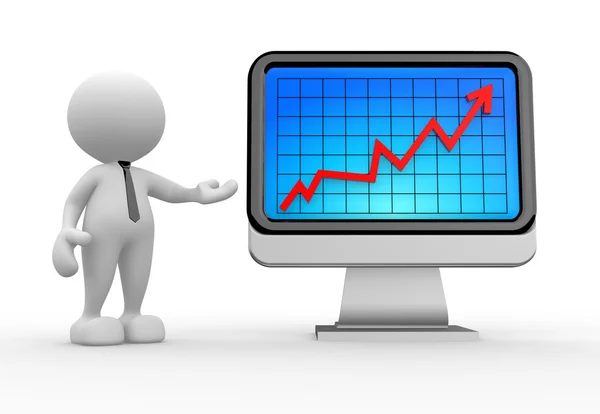Mastering the art of forex calculations is not an overnight phenomenon. Rather, it is a skill built over the years, through understanding the basics, getting familiar with the key factors influencing the forex market, and practicing the computations regularly. This article will guide you through the essentials of forex calculations, allowing you to navigate the world of forex trading with more confidence and accuracy.
Understanding the Basics of Forex Calculations

The foundation of forex calculations lies in understanding the basic concepts of forex trading. The forex market is a global platform where participants buy, sell, and exchange currencies. The first basic element to understand is the ‘exchange rate’, which denotes the value of one currency against another. The second important aspect is the ‘spread’, referring to the difference between the bid (the price at which you can sell a currency) and ask (the price at which you can buy a currency) prices. The third essential component is the ‘pip’, which is the smallest unit of price movement in forex trading.
Forex calculations broadly involve determining profit and loss, calculating pip value, and figuring out margin and leverage. An understanding of these elements will enable traders to calculate potential earnings or losses and manage risks effectively. Practice is crucial in grasping these calculations, as with practice, they become second nature to the trader.
The Role of Currency Pairs in Forex Trading

A currency pair is a quotation of the relative value of one currency unit against the unit of another currency. It is the foundation of forex trading. The first currency listed is known as the base currency, while the second is the quote or counter currency. For instance, in the EUR/USD currency pair, EUR is the base currency, and USD is the quote currency.
The understanding of currency pairs is vital in forex calculations as they form the basis of all your trades. The value of a currency pair is driven by economic factors such as inflation, geopolitical events, and economic policies. By keeping track of these factors, traders can predict potential movements in the currency pair’s value and plan their trades accordingly.
Mastering Pip Value and Lot Size Computations

The term ‘pip’ stands for ‘percentage in point’. It is the smallest increment of trade in the forex market. Calculating the pip value can be complex, but mastering it is crucial for managing risk. A pip varies based on the currency pair being traded, the size of the trade, and the exchange rate.
Lot size refers to the number of currency units you will buy or sell. The standard lot size in forex is 100,000 units of the base currency, but there are also mini, micro, and nano lot sizes. Understanding and calculating lot size is crucial for managing investment capital and risk.
Leverage and Margin: Essential Factors in Forex Calculations

Leverage in forex trading is a tool that allows traders to control large amounts of money using very little of their own capital and borrowing the rest. While leverage can magnify profits, it can also amplify losses. Margin, on the other hand, is the amount of money needed in your account to maintain your trade.
Understanding and calculating leverage and margin are critical for risk management. Forex traders should always keep an eye on their margin usage and ensure they have enough equity to cover potential losses. The leverage ratio and margin requirement vary across forex brokers and depend on regulatory constraints.
The Impact of Interest Rates on Forex Calculations

Interest rates directly impact forex calculations and the value of currency pairs. When a country’s interest rate rises, its currency tends to strengthen due to an influx of investments in that country’s assets. Conversely, if the interest rate falls, the currency tends to weaken.
As forex traders, you should closely monitor the interest rates of the countries whose currencies you trade. Changes in interest rates influence currency values, which subsequently affect your profit and loss calculations.
Practical Tips to Improve Your Forex Calculation Skills

Mastering forex calculations involves continuous practice and learning. Here are some practical tips to improve your forex calculation skills:
- Familiarize yourself with forex calculators: There are numerous online forex calculators that can help you with various computations. From calculating pip value to figuring out leverage and margin, these tools can be quite handy.
- Stay updated with the market: Regularly follow economic news and forex market updates. This will help you understand the market dynamics and make better decisions when it comes to trading.
- Practice, practice, practice: The more you practice, the better you get at forex calculations. Try working out your computations manually before confirming them with a forex calculator.
| Comparison Table | Forex | Stock |
|---|---|---|
| Trading Hours | 24 hours a day | Limited to exchange hours |
| Number of Trading Instruments | Fewer (mainly currency pairs) | Thousands (stocks from multiple sectors) |
| Leverage | High (can go up to 500:1) | Low (usually 2:1) |
The world of forex trading can seem daunting with its complex calculations and terminologies. However, with a clear understanding of the basics, a keen eye on the market dynamics, and continuous practice, one can master the art of forex calculations. Remember, it’s not just about the numbers, but how you interpret and react to them, that makes a successful forex trader.


